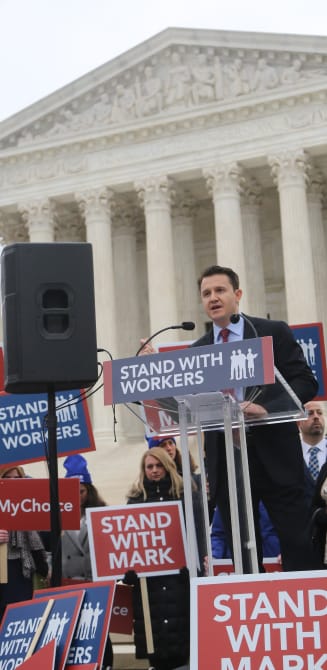February 3, 2020
By Matt Beienburg
“Hey, nevermind the
breach of personal information for 7,000 ESA families (including the special
needs conditions of their children) accidentally leaked by the Arizona
Department of Education to reporters and anti-school choice groups like Save
Our Schools Arizona (SOS). We’ve got another bombshell: Families are using an education savings account
program…to…gasp…save.”
Credit is owed to the Arizona Capitol Times crew for reporting
on the massive data breach that took place under the watch of Superintendent
Hoffman’s staff—unlike the state’s larger media megaphone, the Arizona Republic, whose news team has
been deafeningly silent after years of hounding the program at the slightest
sneeze of any story they could use to paint ESAs in a negative light.
However, the subsequent
insensitivity shown toward the families whose data was leaked by using that
very same data to contact them, coupled with the newest line of reporting on
ESA family account balances, continues a pattern of antagonism toward the
program and those using it to help their children.
The Capitol Times reports
that amid the data divulged by the department, reporters found “nine [ESA
account balances] accumulating more than $100,000 of taxpayer money over
several years.”
Before going any
further, let’s consider the math: Nine ESA accounts…out of 7,000. For those
with a calculator handy, that comes out to about one tenth of one percent of ESA recipients. That means 99.9% of ESA
accounts fall below this threshold.
But wait, we hear that
there are “dozens” of others with balances of $50,000 or more. Well, as the Capitol Times itself acknowledges, “some
students with disabilities can receive as much as $40,000 per year” in the ESA
program (note: this is still at a lower cost to the state than
if those students were enrolled in a public school). So for the families able
to save even a portion of that each year, getting to $50,000 over time isn’t
exactly a news story. And again, as a point of reference, there are over 2,500 ESA students with
severe conditions who trigger the massive funding multipliers under both the
public school and ESA funding formulas, so even “dozens” isn’t saying
much.
But leaving the numbers
aside, the supposed outrage from anti-ESA groups represents one more piece of
manufactured hysteria. Arizona’s Empowerment Scholarship Account program is an
education savings account program explicitly
designed to allow and incentivize parents to take control of resources devoted
to their child, spend it for their education as they see fit, and/or save it
not only for learning in K-12, but for up to four years after high school at a
public or private university.
Perhaps SOS and others
would prefer to adopt an annual “use it or lose it model”—the same kind that
incentivizes government agencies to waste
vast sums on unnecessary expenditures at the end of a year. Or perhaps it would
be better to subject all of the following—health savings accounts, college
savings accounts, personal savings accounts, retirement accounts, and every
other vehicle of safeguarding a family’s resources for current and future
use—to massive new fees, taxes, and “yearly check-ins” with the public.
Opponents of the ESA
program allege that families are “hoarding” funds. I suppose all those families
in America saving for college are guilty of hoarding, too.
Matt
Beienburg is the Director of Education Policy at the Goldwater Institute.









